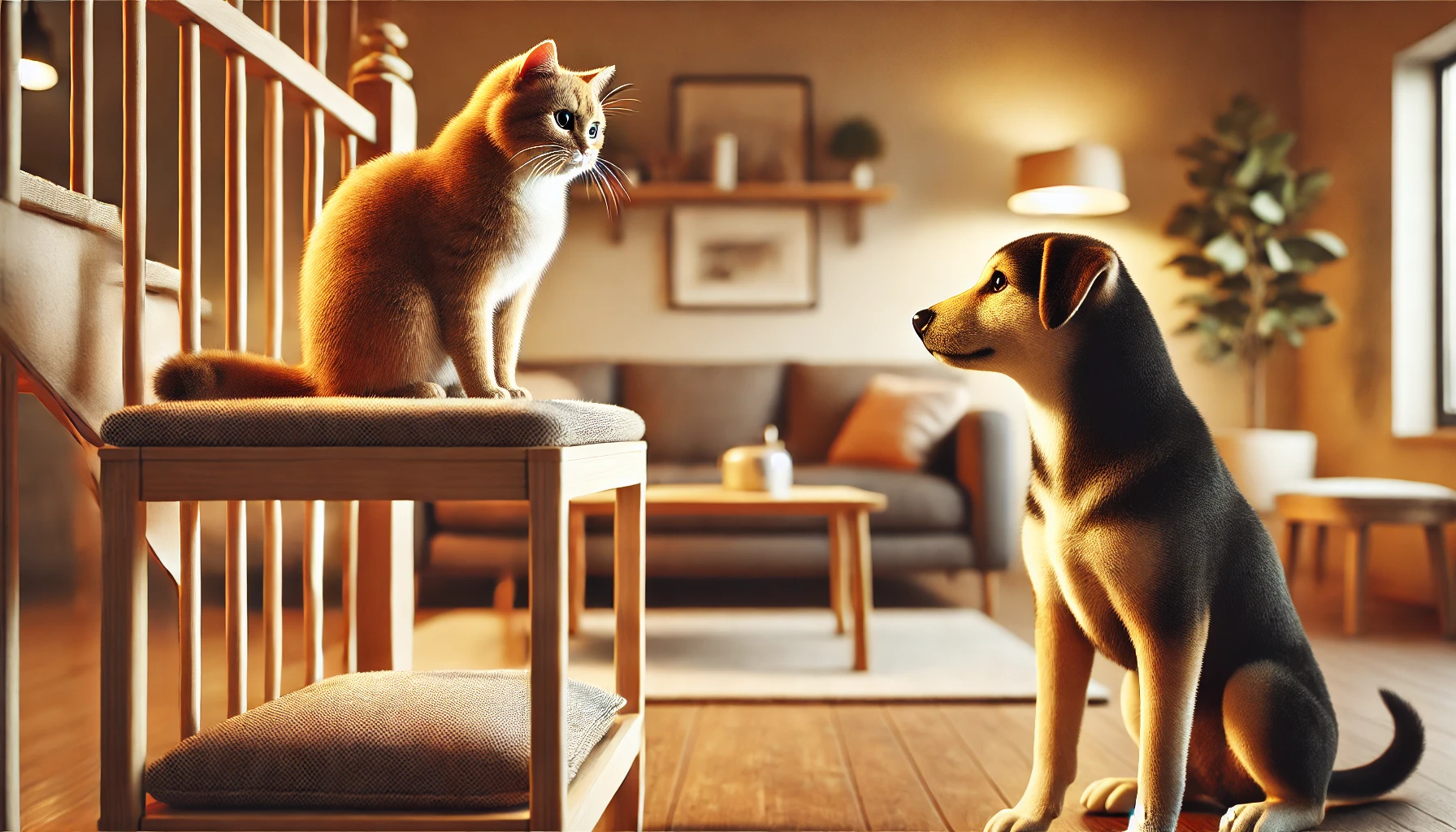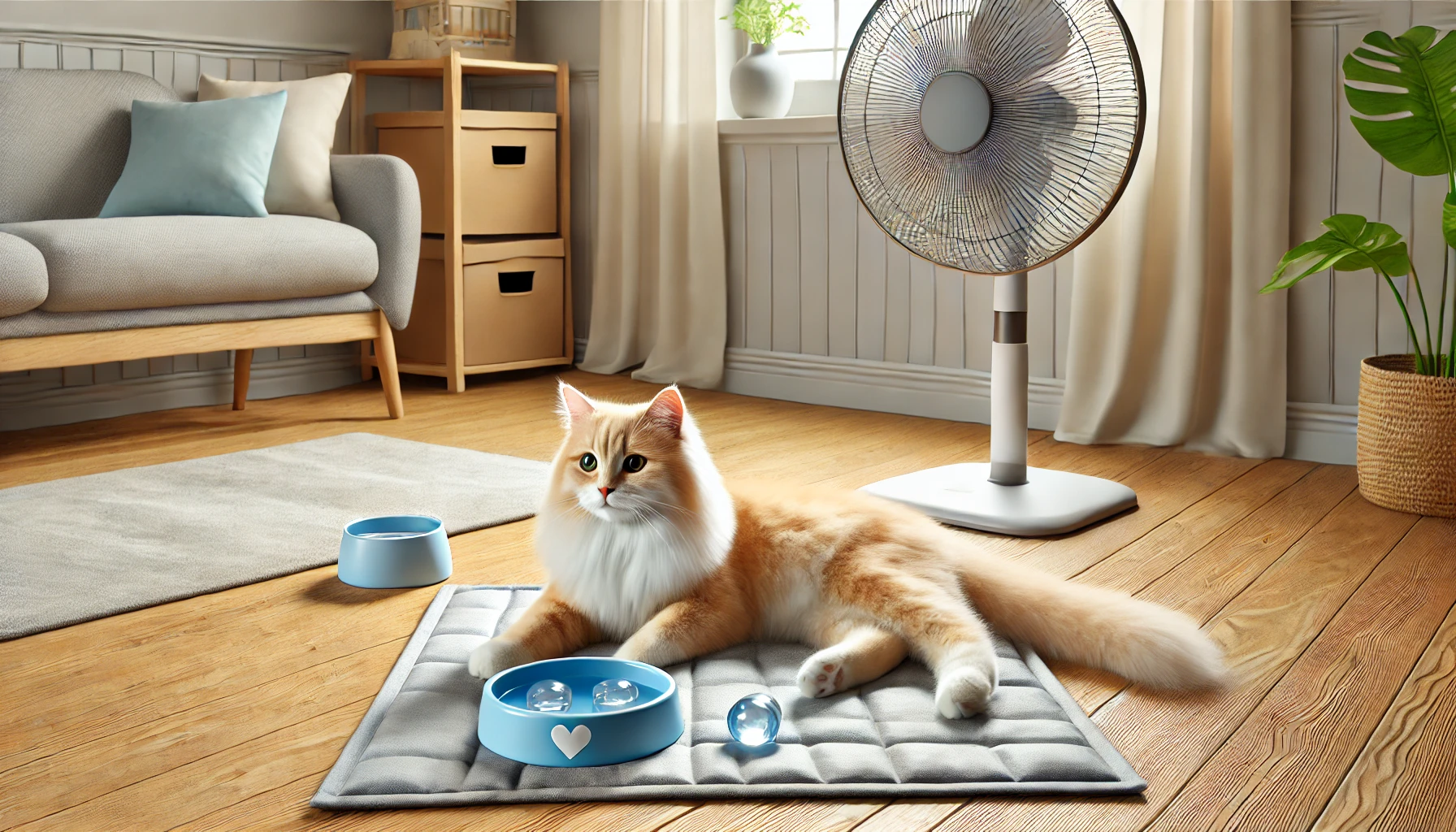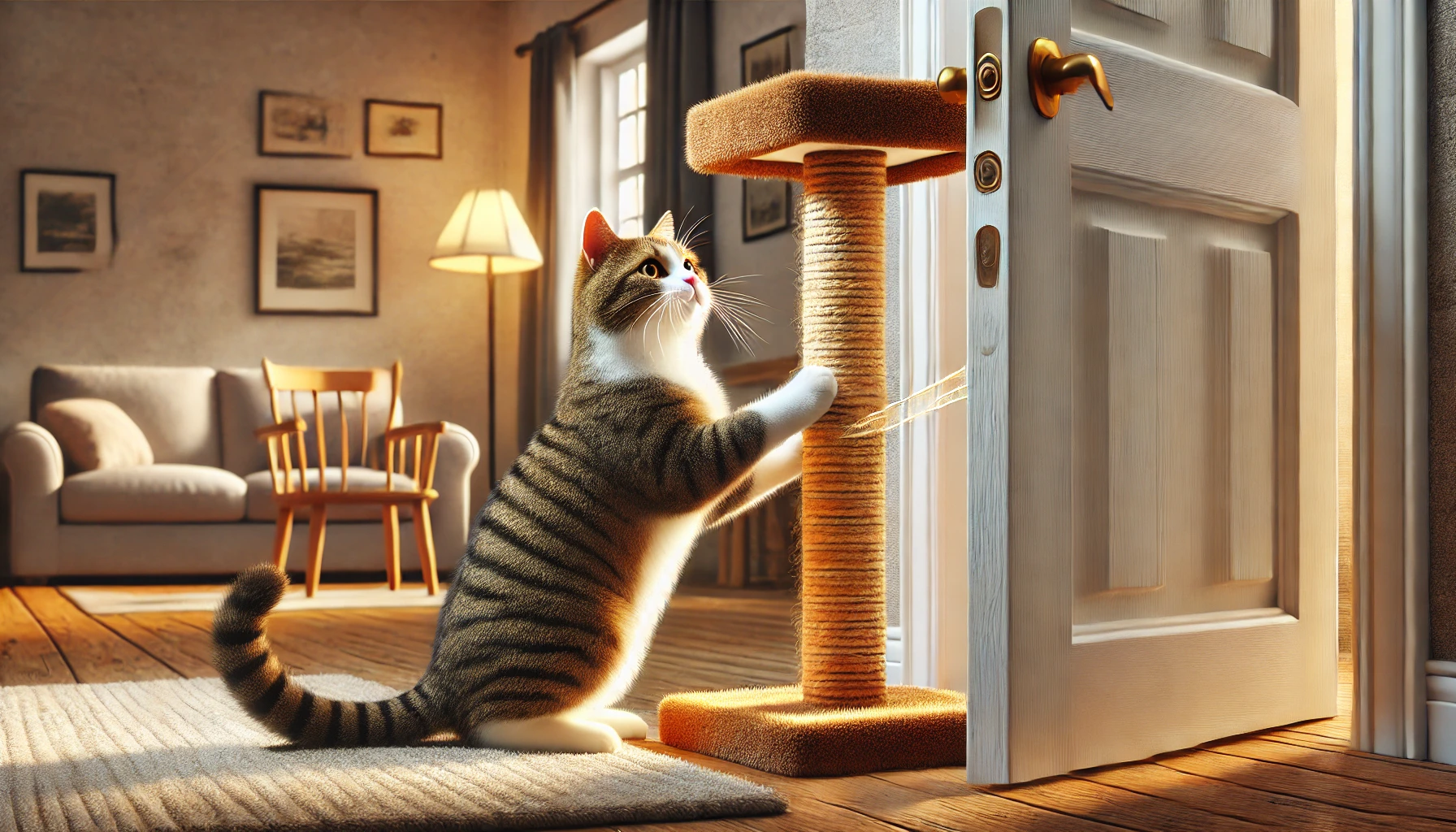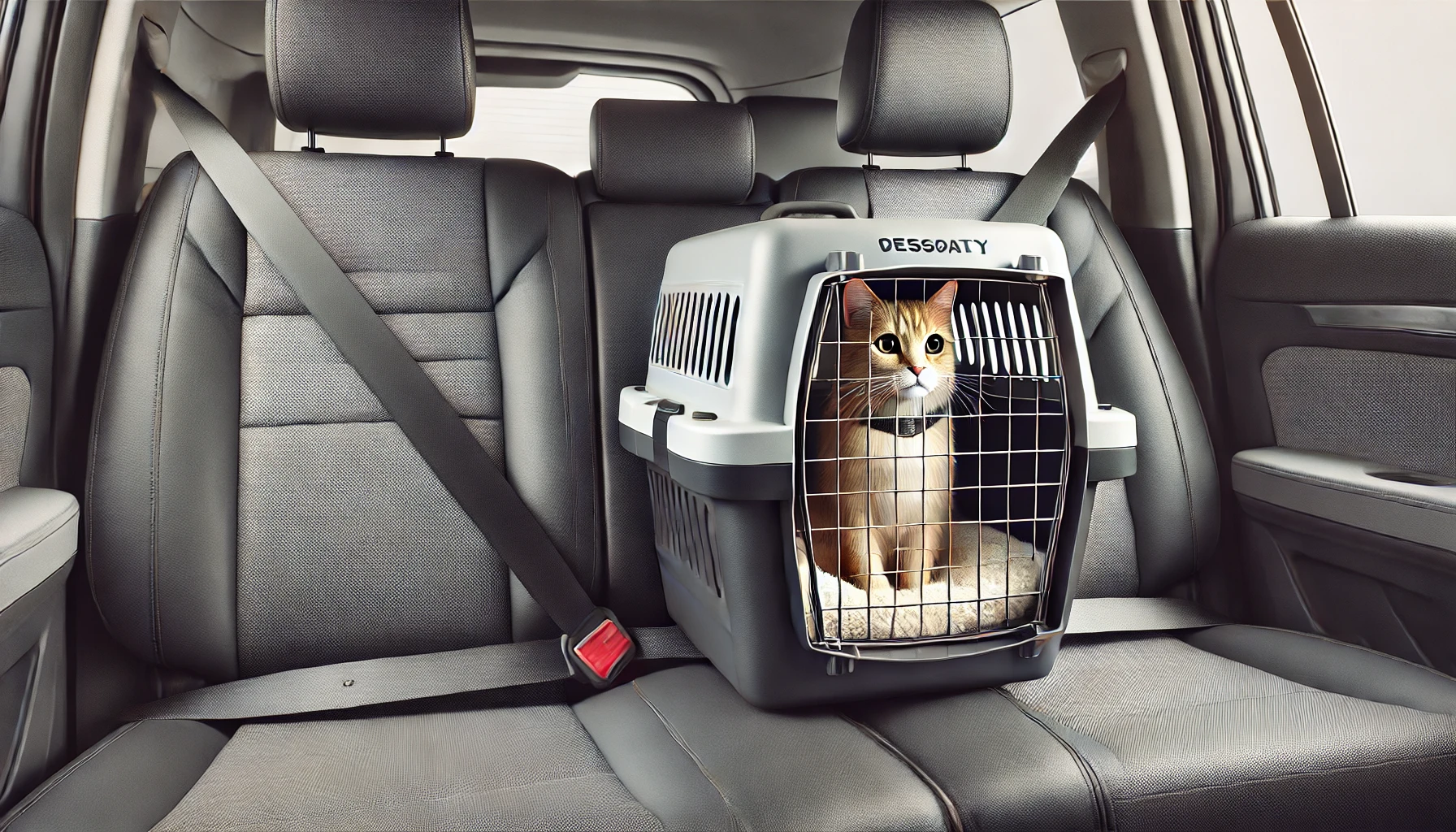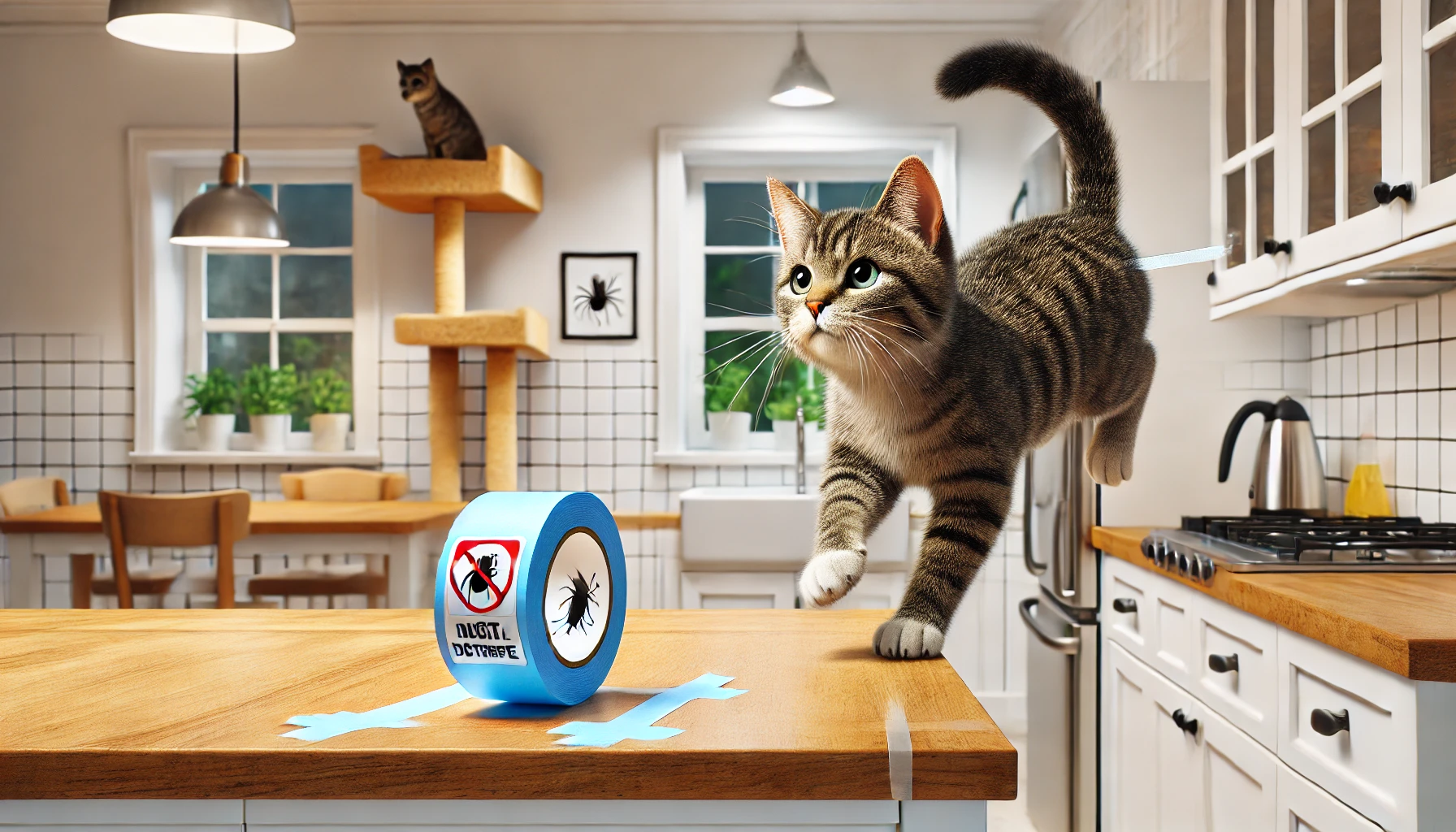Introducing a cat and a dog can be challenging, but with the right approach, they can coexist peacefully—or even become friends. Since cats and dogs communicate differently, a slow, controlled introduction is essential to avoid stress or aggression.
In this guide, you’ll learn how to safely introduce a cat and a dog, reduce stress, and create a harmonious multi-pet home.
1. Prepare Before the First Meeting
Before introducing them, both pets should feel safe and comfortable in their own space.
✅ How to Prepare:
✔ Set up a separate room for the cat (with food, water, and a litter box).
✔ Make sure your dog knows basic commands like “sit” and “stay.”
✔ Let your cat explore the house freely before meeting the dog.
✔ Keep their first interactions controlled and stress-free.
🚨 Common Mistake: Letting them meet too soon without preparation.
Instead: Give each pet time to settle before introductions.
2. Swap Scents Before Face-to-Face Meetings
Cats and dogs identify each other through scent before sight.
✅ How to Swap Scents:
✔ Rub a soft cloth on your dog and place it near your cat’s resting spot.
✔ Do the same with your cat’s scent and place it near your dog.
✔ Let your cat sniff the dog’s belongings (collar, bed, toys).
✔ Give both pets treats when exposed to each other’s scent.
🚨 If your cat hisses or your dog gets overly excited, slow down the process.
3. Use a Barrier for the First Visual Introduction
Before direct interaction, let them see each other from a safe distance.
✅ Best Ways to Introduce Visually:
✔ Use a baby gate or keep the cat on one side of a door.
✔ Let them observe without physical contact.
✔ Watch for body language signs (see next step).
✔ Reward calm behavior with treats and praise.
🚨 If either pet seems tense or scared, take a step back.
4. Watch Their Body Language for Stress or Aggression
Understanding cat and dog body language helps prevent fights.
✅ Signs of a Positive Interaction:
🐾 Dog is calm, sitting, or wagging tail gently.
🐾 Cat watches with curiosity but doesn’t run away.
🐾 Both animals seem relaxed and not overly fixated.
🚨 Signs You Need to Slow Down:
❌ Dog: Staring intensely, barking, lunging, ears forward.
❌ Cat: Hissing, flattened ears, puffed-up fur, hiding.
🚨 If either pet shows stress, separate them and try again later.
5. Keep Initial Face-to-Face Meetings Short and Controlled
Once they seem calm through a barrier, try a controlled meeting.
✅ How to Do the First Meeting Safely:
✔ Keep your dog on a leash for control.
✔ Let your cat roam freely so they don’t feel trapped.
✔ Keep the interaction short (a few minutes at first).
✔ Reward both pets for staying calm.
🚨 Never force them together—let your cat decide when to approach.
6. Supervise All Early Interactions
Even if things go well, supervision is crucial until both pets fully adjust.
✅ Safety Tips for Early Interactions:
✔ Keep your dog on a leash until trust is built.
✔ Watch for play that gets too rough.
✔ Ensure your cat has escape routes (high places, hiding spots).
🚨 Never leave them alone together until you’re 100% confident in their bond.
7. Give Each Pet Their Own Safe Space
Both pets need areas they can retreat to when they want alone time.
✅ How to Provide Safe Spaces:
✔ Give your cat high perches or a separate room.
✔ Keep your dog’s food and toys in their own space.
✔ Ensure your cat’s litter box is in a dog-free area.
🚨 Dogs may eat cat litter—use a covered or high-placed litter box!
8. Train Your Dog to Be Calm Around the Cat
Some dogs get overexcited or chase cats instinctively. Training helps prevent this.
✅ Commands to Teach Your Dog:
✔ “Leave it” – Helps them ignore the cat when needed.
✔ “Stay” – Prevents lunging or chasing.
✔ “Gentle” – Reinforces calm behavior around the cat.
🚨 If your dog gets too excited, redirect their focus with a toy or treat.
9. Let Their Relationship Develop Naturally
Some cats and dogs become friends quickly, while others take weeks or months to adjust.
🐾 Signs They Are Getting Along:
✅ Sitting or resting near each other.
✅ Playing together without fear.
✅ Ignoring each other peacefully.
🐾 Signs They Still Need More Time:
❌ Cat hides every time the dog is near.
❌ Dog constantly fixates on the cat.
❌ Hissing, growling, or aggressive behavior continues.
🚨 If they don’t get along after months, consult a trainer or behaviorist.
10. Be Patient—Good Introductions Take Time
Every pet is different, and forcing interactions can backfire.
✅ Key to Success:
✔ Take small steps at your cat’s pace.
✔ Reward good behavior from both pets.
✔ Supervise until trust is fully established.
🚨 If problems persist, a professional trainer can help!
Final Thoughts
Cats and dogs can live together happily with the right introduction process. By taking it slow and allowing natural bonding, you’ll create a peaceful multi-pet home.
🐱🐶 Key Takeaways:
✅ Start with scent swapping before face-to-face meetings.
✅ Use a baby gate for safe initial introductions.
✅ Watch body language for stress signs.
✅ Keep meetings short and positive.
✅ Train your dog to be calm and gentle around the cat.
✅ Provide separate safe spaces for each pet.
✅ Be patient—some pets take weeks or months to adjust.
With time and proper training, your cat and dog can become best friends or at least peaceful housemates! 🐾💖

